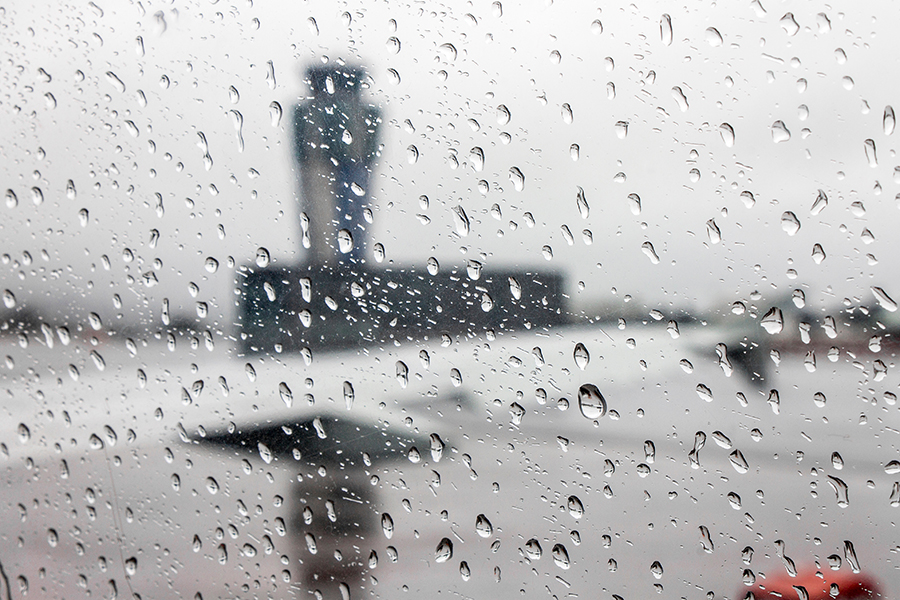ALTERNATIVE SENSORS HELP SECONDARY AIRPORTS OPERATE IN LOW VISIBILITY
This Solution was formerly part of PJ.02-06-W1
Small and medium sized airports need cost-efficient solutions to perform operations in low-visibility conditions. While advanced equipment (e.g. A-SMGCS) and services are widely available, the cost of installation and maintenance may exceed the financial capability of secondary airports. Introducing low-cost solutions can bring direct benefits and lead to increased resilience at primary airports by reducing the number of flight deviations.
SESAR is exploring alternative methods of ground surveillance capable of tracking aircraft and vehicles in meteorological conditions below CAT I at secondary airports to enhance operations in low-visibility conditions. This candidate solution evaluates different options for aircraft and vehicle tracking using camera-based systems as an affordable alternative surveillance source, or in combination with other available surveillance sources such as multilateration and automatic dependent surveillance – broadcast (ADS-B) sensors. The research includes an assessment of the level of required infrastructure, the relevant services and procedures needed to benefit from the new capabilities, a review of new technologies involved, and the particular context of secondary airports with limited demand.
The intention is to enable all airport stakeholders to use the video data as a tool to enhance safety and operational performance and benefit from the new capabilities. The candidate solution is expected to improve predictability, resilience and safety in adverse weather conditions at less equipped aerodromes, thanks to cost-efficient technologies and supported by adapted procedures.
BENEFITS
Increased resilience
Improved predictability
Enhanced safety

